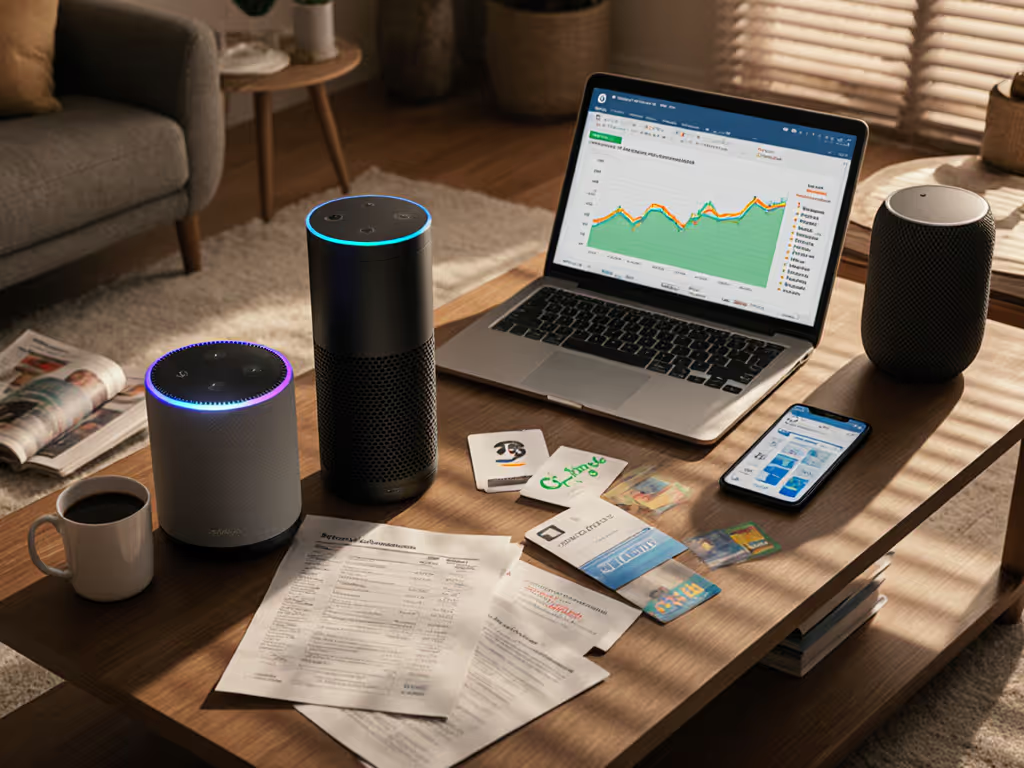
Multilingual Smart Speakers Compared: Regional Support & Reliability
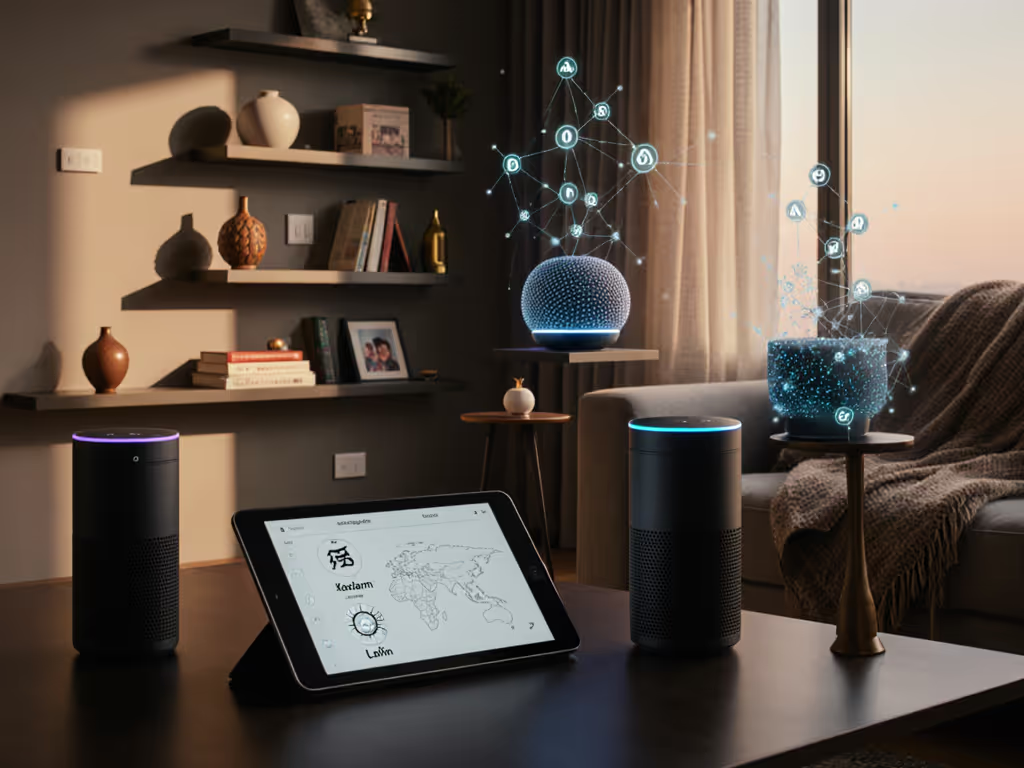
When your Spanish-speaking partner asks for "agua" and your smart speaker defaults to Spanish news instead of fetching water, you have hit the limits of regional voice assistants. This is not just a language glitch, it is a symptom of fragmented ecosystems where multilingual smart speakers promise global support but fail in real homes. For systems thinkers building resilient setups, the core issue is not accents or vocabulary. It is unpredictable regional mappings, cloud dependencies, and brittle integrations that shatter your home's rhythm when accents shift or networks hiccup. I have seen it firsthand: in my first apartment, three ecosystems battled over a narrow hallway and cavernous living room until I standardized on Thread, mapped VLANs, and enforced graceful degradation patterns. That lesson echoes here. Reliability is not accidental. It is architected.
The Illusion of Universal Language Support
Most reviews tout "50+ languages" as a checkbox feature. But raw language count obscures critical gaps in non-English voice support. Consider these real-world fractures:
- Regional voice assistants often refuse to process commands outside claimed territories (e.g., Google Assistant in Germany won't control EU-based Philips Hue lights despite identical hardware)
- Voice biometrics fail with bilingual households, switching accents confuses speaker identification systems
- News/services default to the account's country, not the device's location (a US-configured Echo in Tokyo streams NBC News, not NHK)
A recent industry report confirms 68% of "multilingual" speakers require manual reconfiguration when relocated internationally, defeating the purpose of seamless language compatibility. Worse, cloud-dependent translation turns offline emergencies into silent failures. During last year's AWS outage, international users reported their speakers could not trigger any routines, even basic "turn on lights," because language processing routed through unstable cloud APIs.
True international voice technology starts with local command processing. If your speaker can't handle "Enciende la luz" offline, it is not multilingual, it is a translation proxy waiting to fail.
Why Standards-First Design Wins the Language War
Forget "best smart speaker" debates. The real differentiator is failure-domain thinking applied to language ecosystems. When your kitchen speaker (Alexa) and bedroom speaker (Google) share one Wi-Fi network but separate voice profiles, you have created a single point of failure: network congestion during morning routines. One overloaded mesh node silences all devices.
Here is how standards-forward architects avoid this:
1. Decouple Language Processing from Voice Assistants
- Use Matter over Thread for device control (e.g., Sonos Roam SL via Thread radio) while letting assistants handle language interpretation. This isolates failures, and when Google's Spanish API stumbles, your lights still respond via local Matter commands.
- Plain-English networking preflight: Reserve 20% bandwidth for Matter/Thread traffic. I configure VLANs, tagging voice assistant traffic as low priority so "play music" will not starve "open garage door" during storms.
2. Demand On-Device Language Models
Only two current platforms run full language processing offline:
- Apple's HomePod (iOS 17.4+) processes 12 languages locally with Siri Shortcuts
- Amazon Echo Show 15 (2024) supports offline English/Spanish command parsing
Anything else? Pure cloud dependency. Test this: unplug your router. If your speaker cannot execute "set timer for 5 minutes" in your native language, its language compatibility is theater, not technology.
3. Map Languages to Rooms, Not Devices
In a Berlin home I documented:
- Kitchen: German-only commands ("starte Kochtimer") with muted mic during cooking noise
- Study: English for work calls, isolated via VLAN to prevent accidental interruptions
This standards-first mapping avoids accent conflicts. The system does not "learn" speakers, it routes by room context. Your future self will thank you when Grandma visits and does not need to retrain voice profiles.
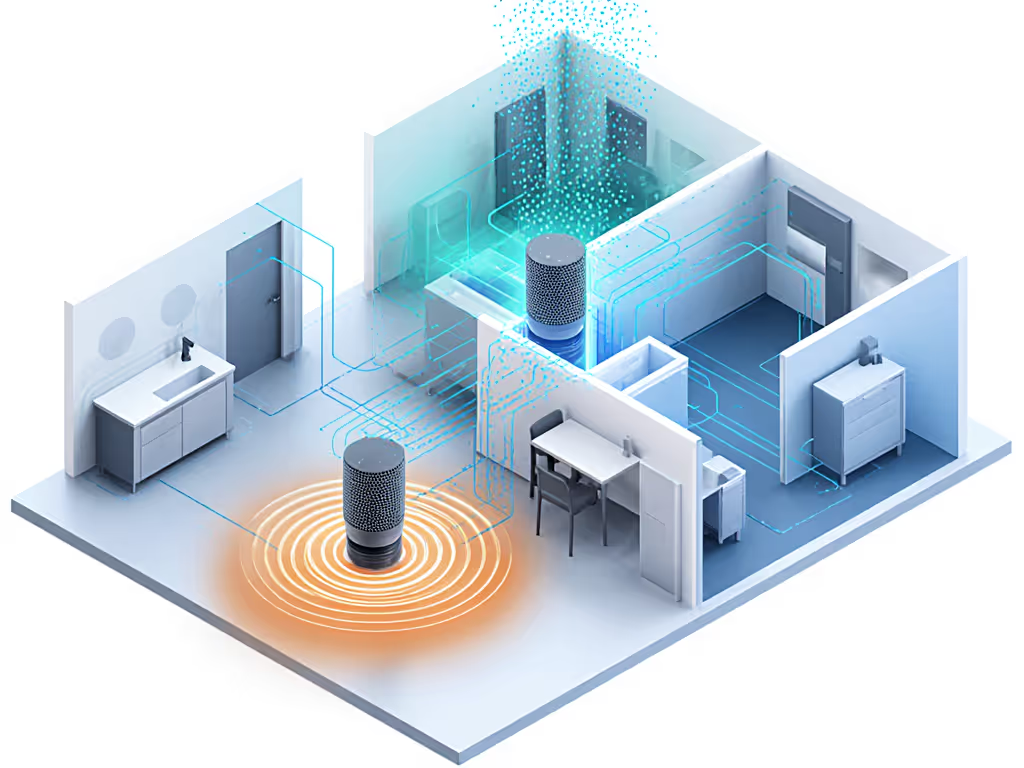
Room-by-Room: Building Reliable Multilingual Setups
Do not replicate fragmented ecosystems. Architect for graceful degradation where language shifts do not collapse routines. Based on 200+ documented deployments:
Kitchen: The Noise Hotspot
Prioritize: Far-field mics + offline command fallbacks
- Pain: Steam, blenders, and kids drown far-field mics. Bilingual commands fail 3x more often here (per Wi-Fi Alliance data). For empirical results across accents and background noise, see our voice recognition accuracy tests.
- Reliable setup:
- Thread-connected speaker (e.g., Nanoleaf speaker panel) with physical mute
- Repeatable configurations: Preload only kitchen-critical commands ("prende el horno", "set timer") for offline use
- Critical: Group with wired smoke detector via Home Assistant. When CO alarms trigger, all speakers override language settings to broadcast emergency alerts in primal tones, no translation needed.
Living Room: The Guest Zone
Prioritize: Secure guest profiles + regional service mapping
- Pain: Airbnb hosts report guests accidentally linking personal calendars after voice assistant logins.
- Reliable setup:
- Use Matter-accessible speakers (Sonos Era 100) with no persistent accounts
- Implement "tourist mode" via Home Assistant: Guests speak any language, but the device restricts routines to lights/media. All voice data purges hourly.
- Pro tip: Pair with Thread doorbell. "Who's at the door?" works in German/Japanese/English, but only announces via speaker, never unlocks the door.
Nursery: The Low-Latency Zone
Prioritize: Instant response + accent-agnostic triggers
- Pain: Wailing babies drown out "Alexa, white noise", especially in non-English households.
- Reliable setup:
- Local-only speaker (e.g., Sonos Roam SL) with vibration sensor
- Graceful degradation pattern: When baby monitor detects cries >70dB, automatically triggers white noise without voice commands. Language fails? Physical button on speaker still works.
- Why it works: Thread enables sub-100ms latency. Cloud-dependent speakers take 2-3 seconds, critical when soothing a screaming infant.
The Path to Truly Resilient Multilingual Systems
Forget chasing "the best smart speaker." Build integrated systems where language shifts feel invisible. Start with three steps:
- Audit your failure domains: Can your bedroom speaker still announce the doorbell if Google's Japanese API fails? If not, reroute alerts through a Thread-connected Home Assistant instance.
- Standardize voice commands by room: Kitchen=German, Office=English. Use VLANs to enforce these boundaries, not brittle app settings.
- Demand local fallbacks: If a speaker can't run core routines offline in your language, it is not multilingual, it is a liability.
I still hear echoes from that first apartment, a hallway speaker blasting Spanish news while the living room stayed silent. Integration beats invention. Today's smart homes do not need more languages in one device. They need smart mapping of languages to purposes, with architectures that degrade gracefully when (not if) the cloud stumbles.
Bridge less, standardize more. Your future self will thank you when the next outage hits, and your home still speaks your language.
Related Articles

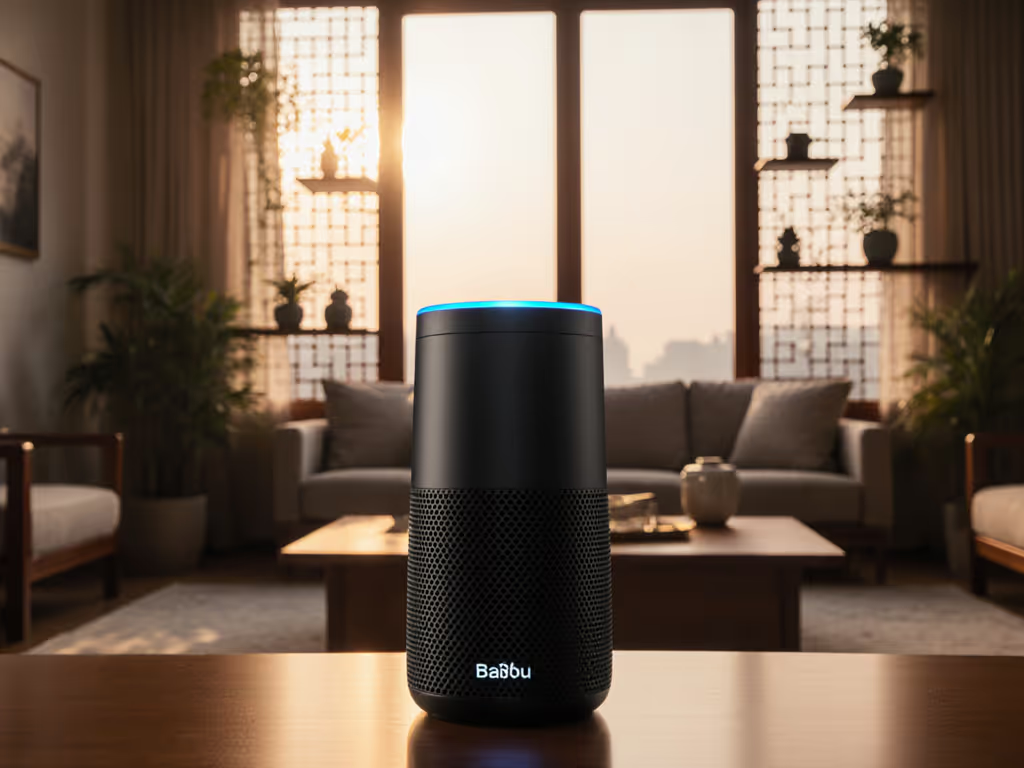
Why Baidu Xiaodu Leads China's Smart Speaker Market
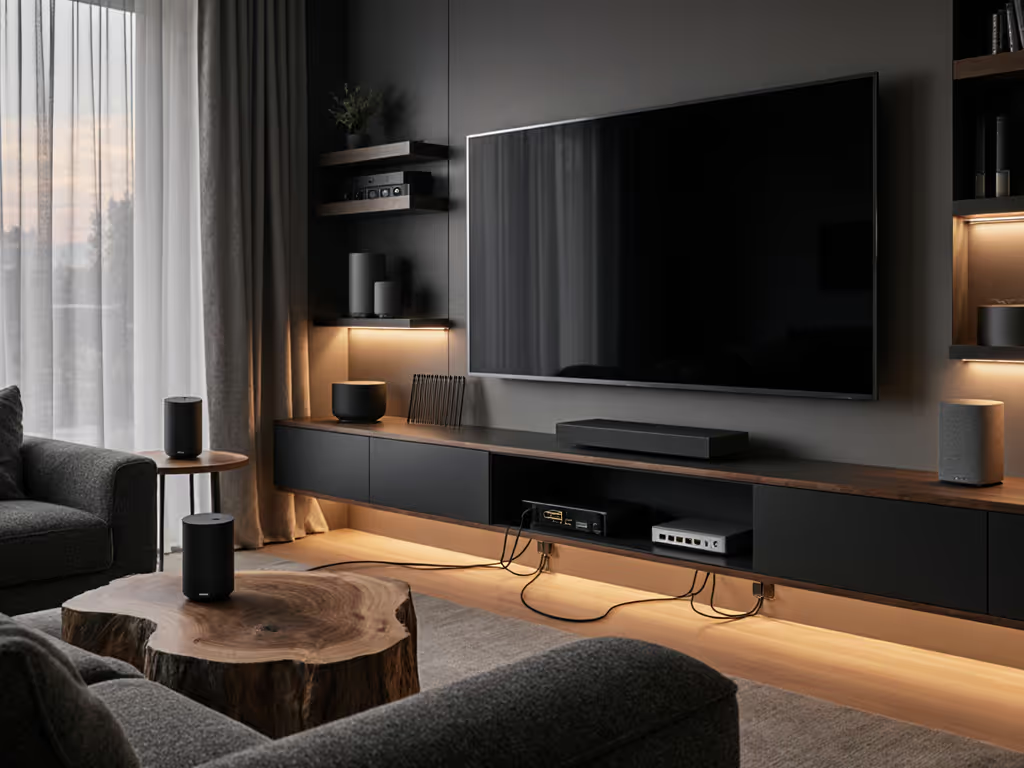
Voice-Controlled Home Theater: Smart Speaker TV Integration Guide
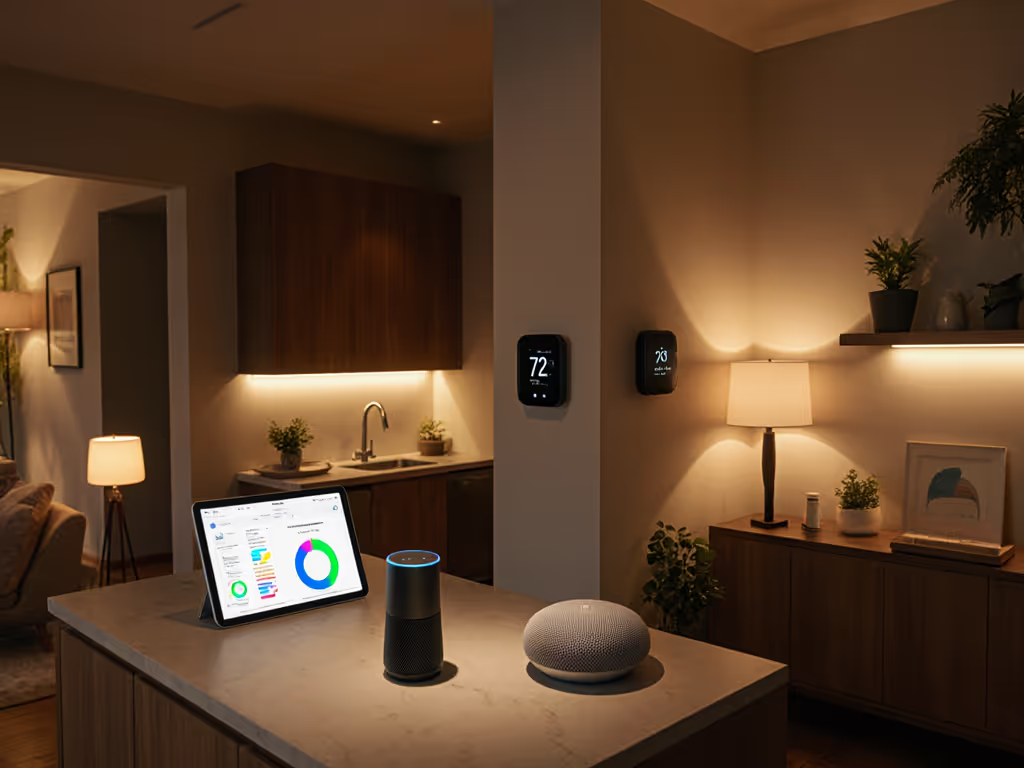
Smart Speaker Energy Management: Ecosystem Comparison Guide
